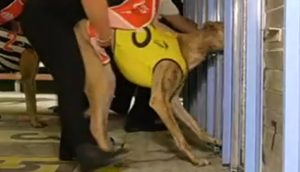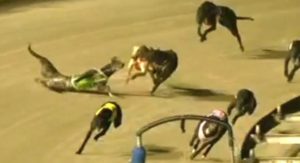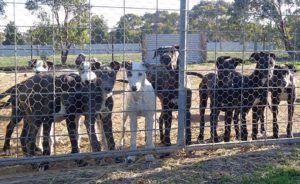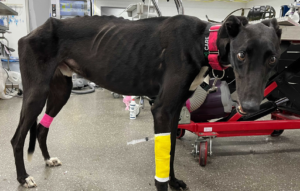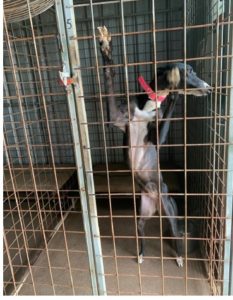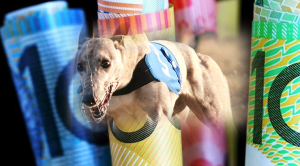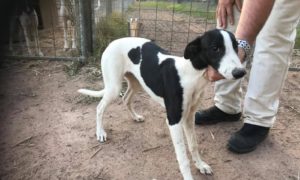 The greyhound racing industry knows that most dog-loving Australians do not support the exploitation of animals for entertainment and gambling.
The greyhound racing industry knows that most dog-loving Australians do not support the exploitation of animals for entertainment and gambling.
The cashed-up greyhound racing industry tries to counter these facts with a wealth of spin.
We encourage you to challenge every statement made by the greyhound racing industry. We hope the evidence below and on this website helps you to hold both them and state governments to account.
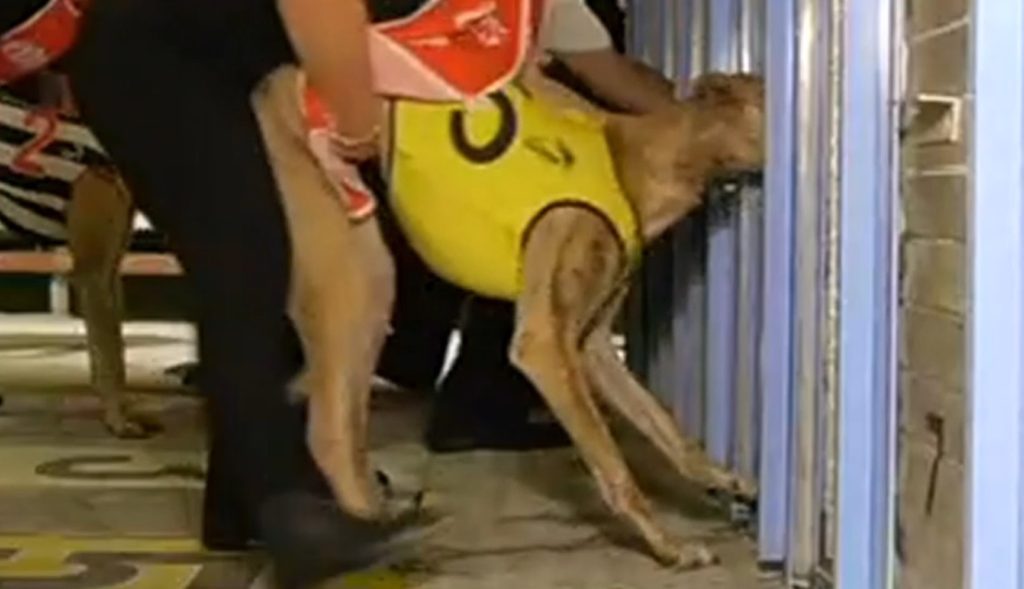
Greyhounds are forced to race
Greyhounds are bred for prey drive, “broken” as puppies and punished if they don’t race with enough commitment.
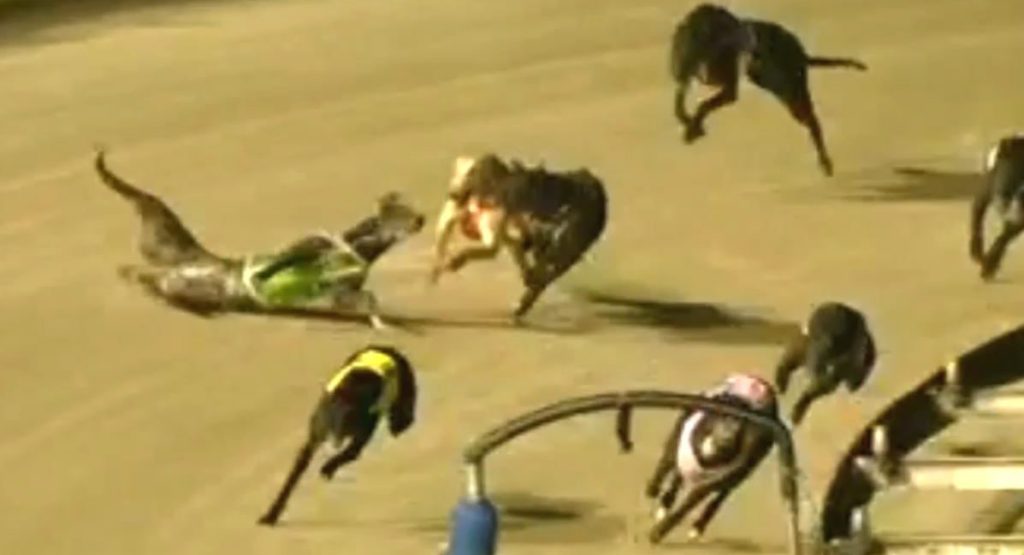
All greyhound racing is unsafe
On average, three dogs die every week on Australian tracks and 28 are injured every day.
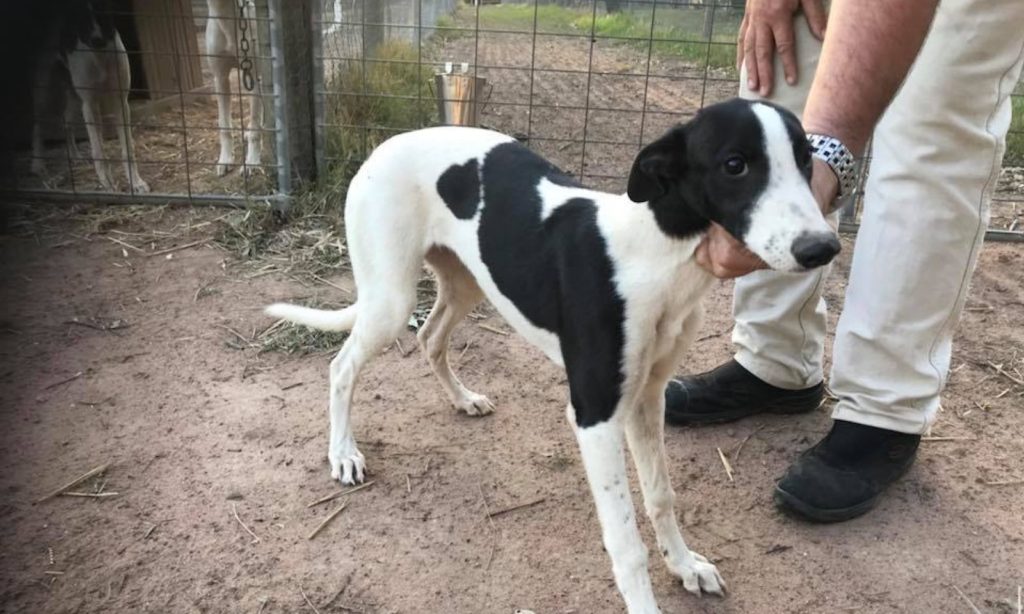
Racing greyhounds are not part of the family
Over 70% of greyhounds are discarded every year when they no longer make money for their owners.
Greyhounds are neglected
Volunteer rehoming charities report 89% of greyhounds show signs of neglect when they leave the industry.

Greyhounds are socially deprived
Greyhounds are often kept in barren, kennel-like environments with no opportunity to express normal behaviour.

